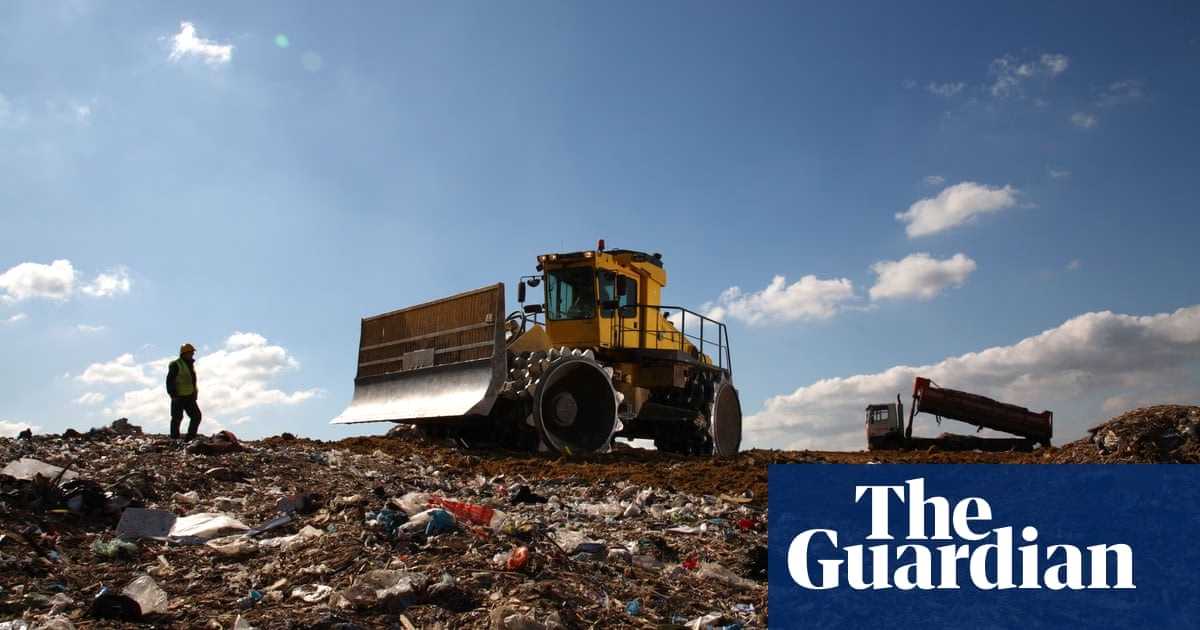Over 100 former landfills in England, potentially contaminated with harmful substances, have experienced flooding since the year 2000, posing a significant safety risk, according to a recent revelation. These sites, once used as dumps for potentially hazardous materials, are now situated next to public parks and housing developments, impacting hundreds of households. Despite councils being tasked with tracking the dangers of these locations, funding shortages have left many local authorities unaware of their responsibilities.
Environmental chemist David Megson from Manchester Metropolitan University noted that while many former landfill sites are likely to be safe, containing relatively inert waste, some may be more hazardous. However, the lack of detailed historical records about their contents means that the true nature of what’s buried there remains largely a mystery.
An analysis by Unearthed, a journalism website funded by Greenpeace and in partnership with The Guardian, identified these risks by examining data from 20,000 former landfill sites across England. The study focused on those used for “special” or industrial waste after 1945 and before the mid-1990s, comparing this information with flooding data from the Environment Agency to pinpoint sites where more than 50% of the surface area had been flooded. Sites identified solely as containing household waste or known to be safe were excluded from the findings, which ultimately highlighted 105 sites of concern, disproportionately located in less affluent areas and northern England.
Professor Kate Spencer, a historic landfill expert from Queen Mary University of London, contributed to the investigation, noting the lack of consideration given to the long-term consequences of waste disposal. Additionally, the study found that 2,600 former dump sites with potentially hazardous contents were situated within 50 meters of watercourses.
Campaigner Charles Watson from River Action pointed out the ease with which polluters exploit legal loopholes, emphasizing the failure to adequately fund the regulation of such sites as particularly concerning. The investigation also highlighted the decrease in funding for contaminated land remediation efforts since 2017, suggesting that numerous sites may not have been properly assessed and could be leaking harmful substances into the environment.
The Local Government Association warned that this funding shortfall could have severe consequences, with an anticipated budget gap for councils reaching up to £8 billion by 2028-29. Green Party leader Natalie Bennett called for stricter regulation and increased funding to address the threat posed by these contaminated sites, especially in light of climate change and increased flooding risks.
The Environment Agency assured its continued support for local authorities in managing these former landfills, emphasizing its commitment to mitigating risks to human health and the environment.
Source: https://www.theguardian.com/environment/2025/apr/26/more-than-100-landfills-in-england-may-be-leaching-highly-hazardous-waste






